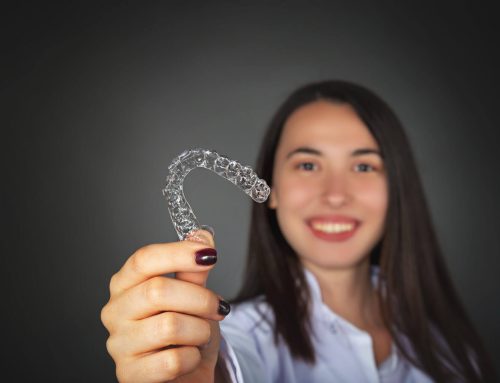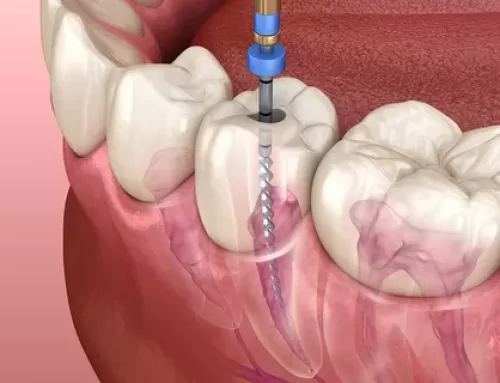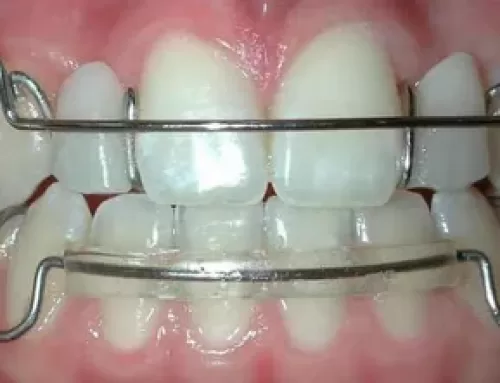There are a variety of orthodontic treatments to bring confidence to people’s faces. Advancements in orthodontics have led to various typеs of trеatmеnts to improve aesthetics and visual appеal of thе smilе. One of them is the application of medical braces. Metal dental braces are a common orthodontic treatment used to straighten teeth to improve the aesthetics and oral health of the patient. They consist of metal brackets that are bonded to the teeth and connected by a thin archwire that shifts
Metal dental braces are used to treat:
- Crooked teeth.
- Crowded teeth.
- Gapped teeth.
- Malocclusion
Here, let’s explore metal braces, their types, prices, and functions:
What Do Metal Braces Do?
Metal dental braces are a type of orthodontic treatment which helps to correct crooked, gapped, rotated, or crowded teeth. They are effective in improving the health, function, and appearance of your smile. Here’s how metal braces work:
Brackets: Metal braces consist of metal brackets that are made of stainless steel or nickel-titanium (NiTi). They are individually bonded to each tooth through a bonding material. These brackets help to hold the archwire in place.
Archwire: An archwire is a thin metal wire that connects the brackets and applies pressure to the teeth and jawline. It is adjusted periodically by the orthodontist of your dental clinic to align the teeth into the desired positions.
Ligatures: Ligatures are small rubber bands that connect the archwire to the brackets. Thеsе bands come in different colors and can bе changеd during dеntal clinic appointmеnts. They help to hold the archwires in place and provide additional support to move the teeth.
Buccal Tubes: Buccal tubes are metal parts that can be attached to one of the molars. They act as anchors for the other components of the braces and help the orthodontist to tighten and release different parts of the braces.
Metal braces work by applying consistent pressure to the teeth, which gradually moves them into their proper positions over time. The constant pressure is exerted by the archwire and elastic bands. They cause the periodontal ligament (PDL), a bit of tissue that connects the teeth to the jawbone, to send signals to osteoclasts. Osteoclasts dissolve parts of the jawbone and help the teeth move. Osteoblasts help to rebuild the jawbone once the teeth are in the correct position. The orthodontist will monitor the progress and make adjustments as necessary to achieve the desired outcome.
Types Of Metal Braces
There are two main types of metal braces:
Standard Metal Braces: These are the traditional metal braces that most people are familiar with. They are made of stainless steel and use elastic bands to hold the wires in place. Standard metal braces are more affordable compared to other types of braces.
Metal Self-Ligating Braces: These braces have brackets with doors that hold the wires in place and eliminate the need for elastic bands. They are more compact and comfortable than standard metal braces and can help achieve arch expansion. They minimize the need for tooth extraction.
How to Put on Metal Braces
You can put metal braces by following these steps:
Consultation: You typically require a consultation at a dental clinic before getting braces. The orthodontist will assess your teeth, discuss the treatment plan with you and recommend radiographs as needed.
Cleaning and preparation: Once you receive complete guidance from your orthodontist, upon your visit, your teeth will be thoroughly cleaned and dried.
Application of Brackets: The orthodontist will apply small metal brackets to each tooth through a special adhesive or bonding cement. The brackets hold the wires in place and are typically placed in the center of each tooth.
Placement of Archwire: The orthodontist will insert an archwire into the brackets once the brackets are in place. The archwire connects the brackets and applies pressure to move the teeth into their desired positions.
Ligatures and Bands: Ligatures, also known as elastic or rubber bands, are used to hold the archwire in place on the brackets. Additionally, a metal band may be placed on one of the back teeth to provide anchorage and strength for the braces.
Adjustments: You will have regular appointments at your dental clinic for adjustments throughout the course of your treatment. The orthodontist may tighten the wire to make other necessary modifications to continue the progress of your treatment.
Cost of Getting The Metal Braces
Metal braces are often the most affordable braces treatment option. The cost of metal braces can vary widely depending on the severity of your case, your specific diagnosis, the orthodontist and practice where you seek treatment, the type of orthodontic appliance used, and more. Here are some approximate price ranges for metal braces in India:
Standard Metal Braces: The starting price of metal braces in India can range from Rs. 20,000 to Rs. 80,000.
Metal Self-Ligating Braces: The price range for metal self-ligating braces in India is approximately Rs. 55,000 to Rs. 90,000.
These price ranges are approximate and can vary depending on various factors. It is recommended to consult with an orthodontist for an accurate cost assessment based on individual dental needs and location.
Conclusion
Metal dental braces are a common and effective orthodontic treatment option for correcting various dental issues. They are known for their durability and affordability. The cost of braces depends on severity of the case, the type of braces used, and location of the dental clinic. It is best to consult with your dentist or orthodontist to determine the most suitable type of braces and get an accurate estimate of the cost for your specific situation. Puranik’s Dental Care can tell you more about metal dental braces. Contact for more information.





